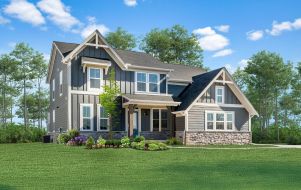5 Designers’ Take on the Appeal of Hygge in Interior Design for the Modern Age
In the ever-evolving world of interior design, the Danish concept of hygge continues to reign supreme, providing a timeless and comforting aesthetic that has adapted to the changing needs of homeowners. As we delve into 2024, we explore how five leading designers envision the future of hygge, offering insights into its enduring appeal and contemporary twists.
What Is Hygge?
Hygge, a Danish term encapsulating warmth, comfort, and contentment, has become a staple in interior design. Originating centuries ago, it gained modern popularity through Meik Wiking's bestseller, "The Little Book of Hygge," offering a slow and tranquil approach to lifestyle and design. With its neutral color palettes, textural details, and minimalistic principles, hygge has seamlessly integrated into the pantheon of classic design styles alongside Scandinavian and Lagom concepts.
Hygge for 2024: A Designer's Perspective
1. Long-Lasting Luxury Over Kitschy Accessories
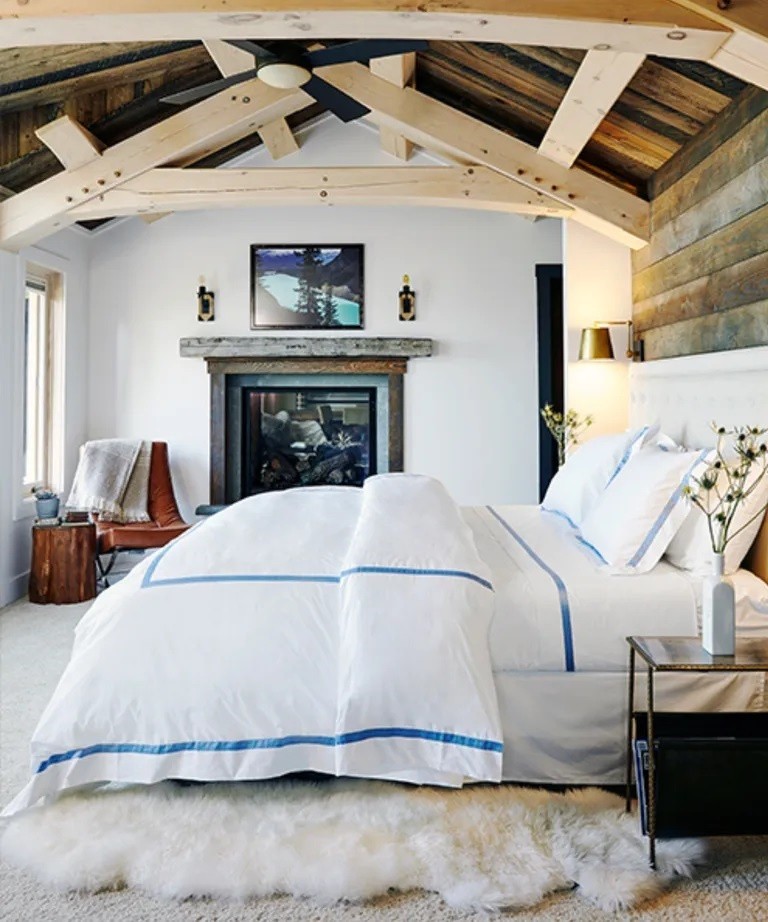
Kathy Kuo, CEO of Kathy Kuo Home, emphasizes the enduring nature of hygge but suggests a contemporary shift. Move away from kitschy details and embrace impeccable design with luxurious furnishings, unique wall art, and beautiful soft goods. Invest in high-quality pieces for a space that exudes calm sophistication.
2. Calm Lighting and Minimalize Technology
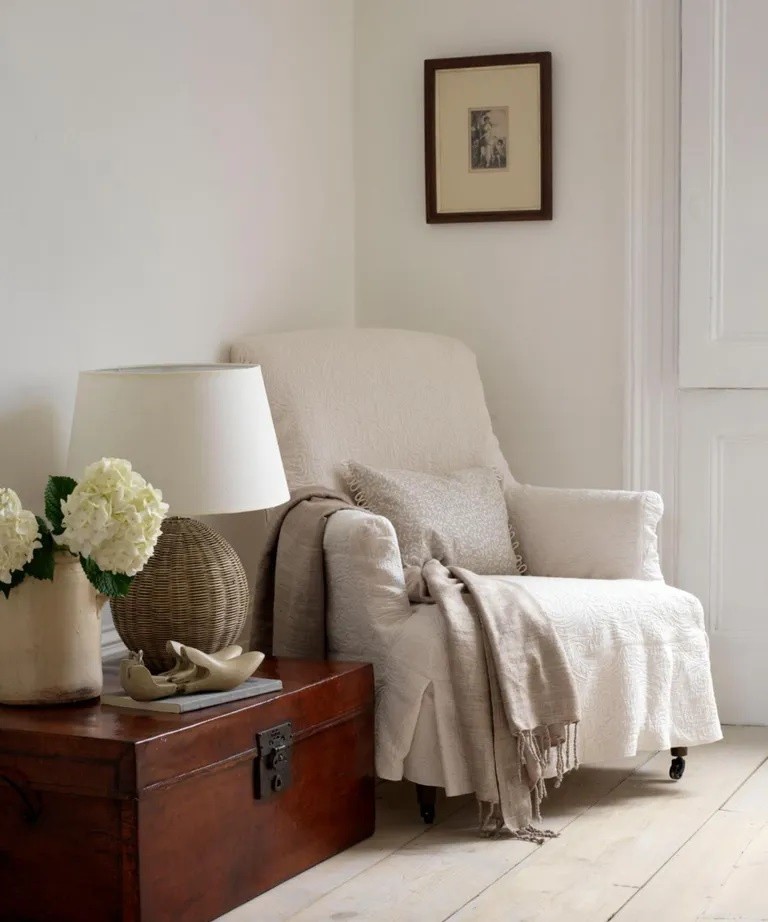
Tom Rutt, founder of TR Studios, advocates for a mindful escape from technology, aligning with hygge's slow and conscious living. Limiting technology and opting for understated lighting schemes creates a serene, homely interior and a sanctuary from the fast-paced world.
3. Layer Patterns and Textures

Audrey Scheck, principal designer at Audrey Scheck Design, suggests evolving the concept of hygge by embracing layers of patterns and textures. Move away from strict minimalism and infuse warmth by integrating tasteful patterns through area rugs, upholstery, and artwork. The key is to add interest without clutter.
4. Look to Other Design Styles for Inspiration

Jessica Jubelirer, founder of Jessica Jubelirer Design, encourages a fusion of design styles. Incorporate elements from Scandinavian design, English antiques, Turkish embroidery, or Japanese ceramics. By layering diverse references, your space becomes enduring, textured, and uniquely yours.
5. Add a Touch of Maximalism
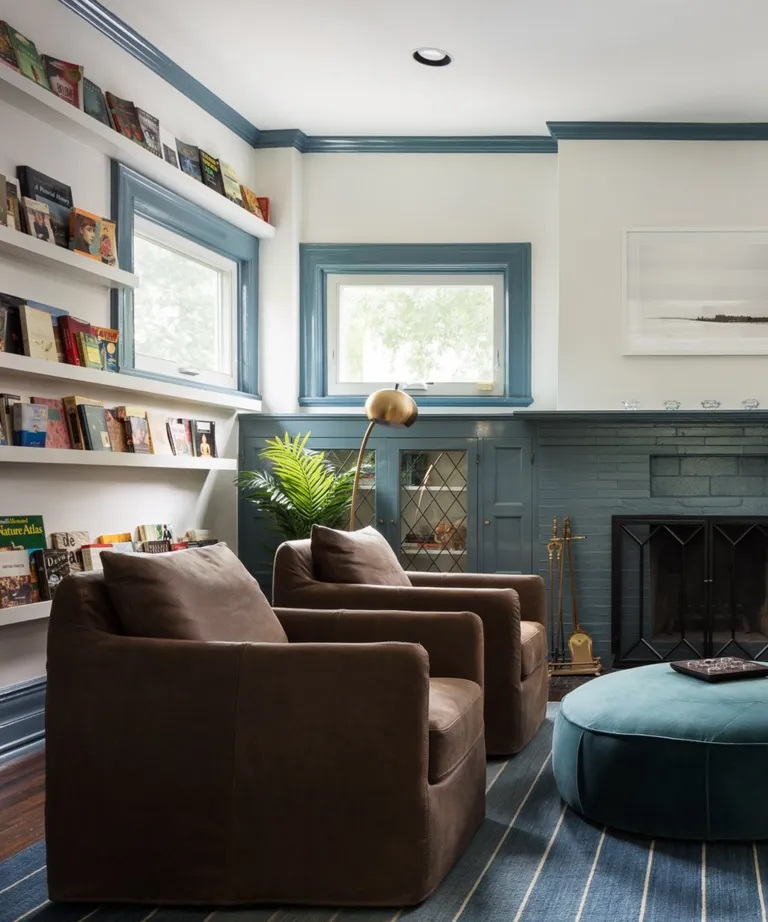
Alexandra Denburg, principal interior designer at M&P Design Group, challenges the notion of hygge as strictly minimalist. Embrace considered maximalism by introducing elements of depth and personality. Warm, deep, earthy tones and subtle opulence create a cozy and inviting atmosphere.
6. Mix in Newer Trends
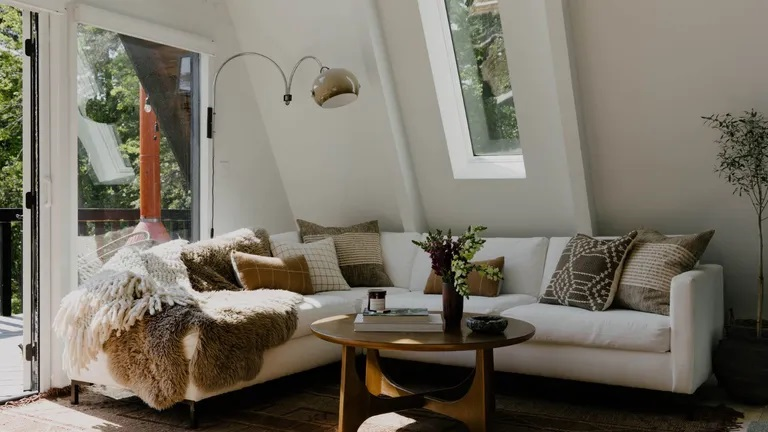
Stefania Skrabak, principal designer at AHG Interiors, suggests infusing hygge with present-day trends. Drawing inspiration from Japandi trends, curved furniture, sustainability, and even maximalism, ensure your hygge-inspired space remains cozy and relevant. Keep the foundation of hygge while introducing fresh elements for an ever-evolving aesthetic.
As Kathy Kuo aptly puts it, "As long as winter comes around on a yearly basis, hygge is here to stay." The timeless desire for warmth and coziness during the winter, especially the holiday season, ensures hygge's enduring presence. By incorporating these contemporary twists and staying true to its classic principles, hygge remains a design style that evolves, offering a comforting and timeless haven for homeowners in 2024 and beyond.
Related Article : Interior Designers Offer Candid Insights Into 2024 Home Decor Trends










